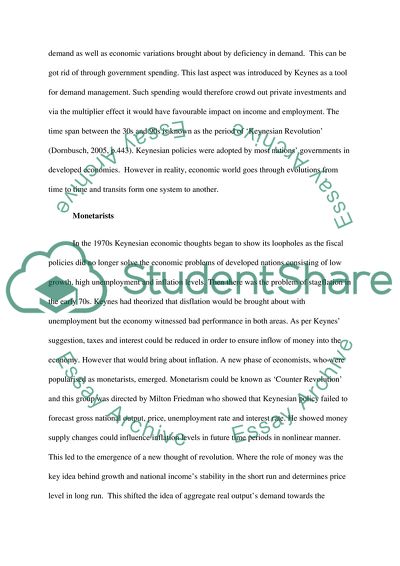Cite this document
(Economics Essay Example | Topics and Well Written Essays - 1500 words - 41, n.d.)
Economics Essay Example | Topics and Well Written Essays - 1500 words - 41. https://studentshare.org/macro-microeconomics/1796273-economics
Economics Essay Example | Topics and Well Written Essays - 1500 words - 41. https://studentshare.org/macro-microeconomics/1796273-economics
(Economics Essay Example | Topics and Well Written Essays - 1500 Words - 41)
Economics Essay Example | Topics and Well Written Essays - 1500 Words - 41. https://studentshare.org/macro-microeconomics/1796273-economics.
Economics Essay Example | Topics and Well Written Essays - 1500 Words - 41. https://studentshare.org/macro-microeconomics/1796273-economics.
“Economics Essay Example | Topics and Well Written Essays - 1500 Words - 41”. https://studentshare.org/macro-microeconomics/1796273-economics.


